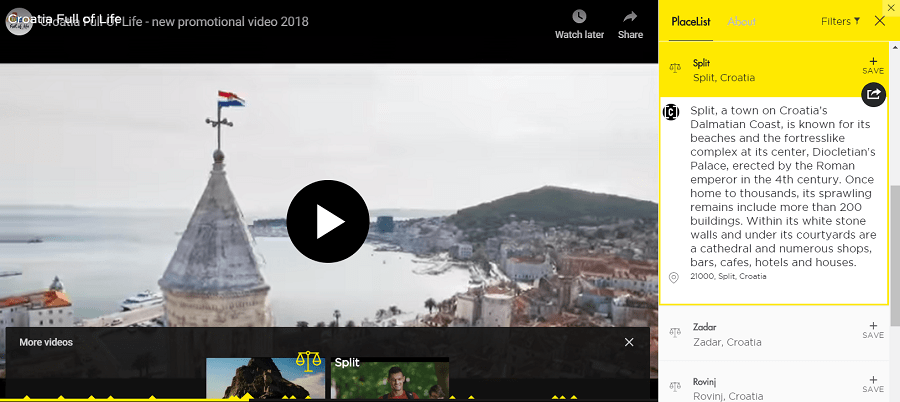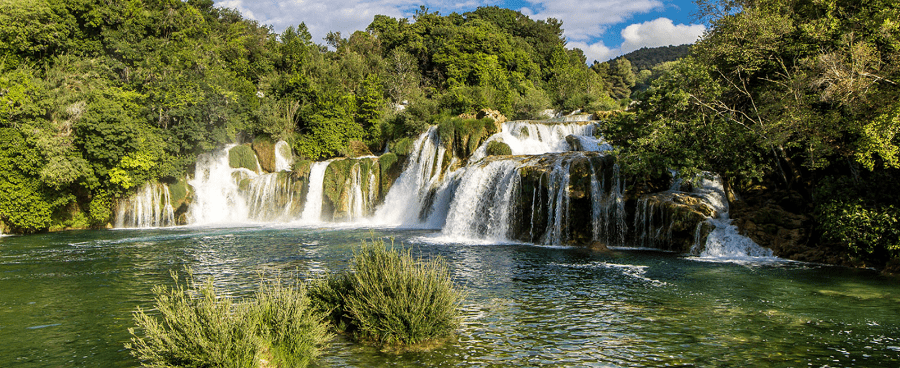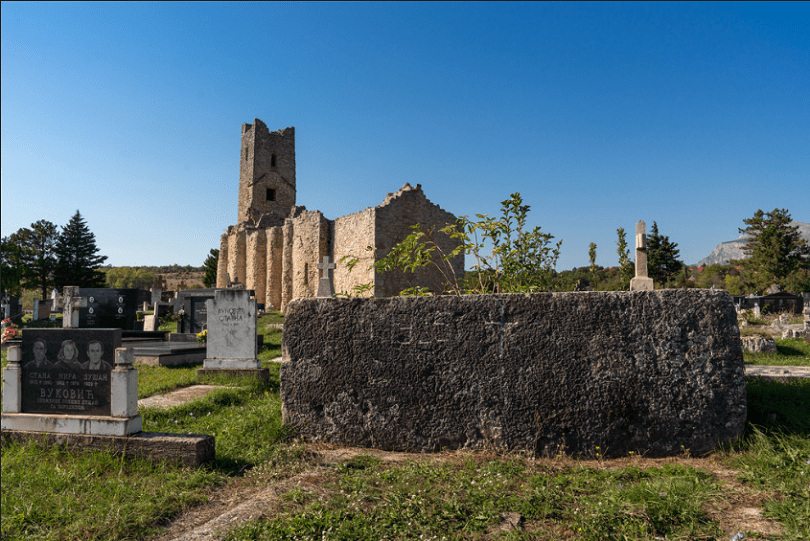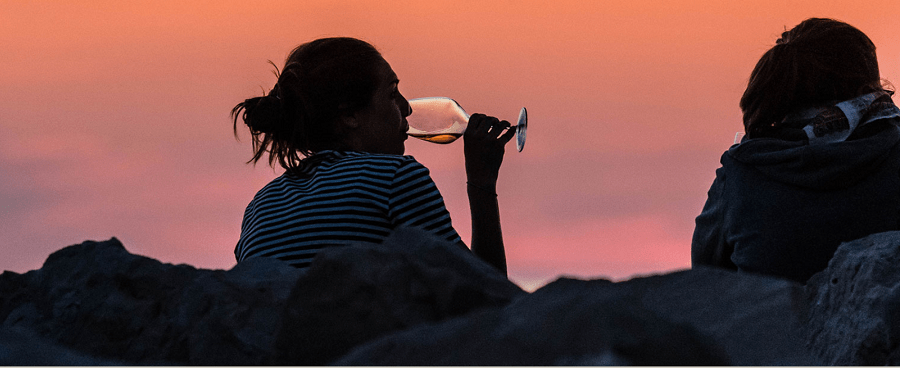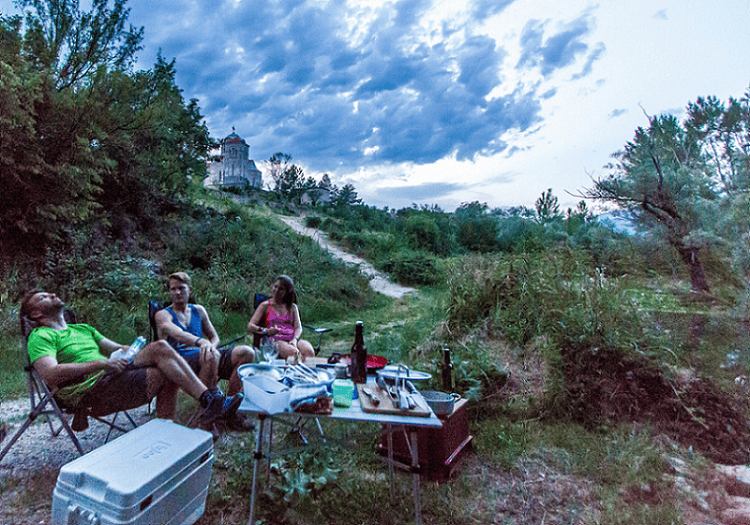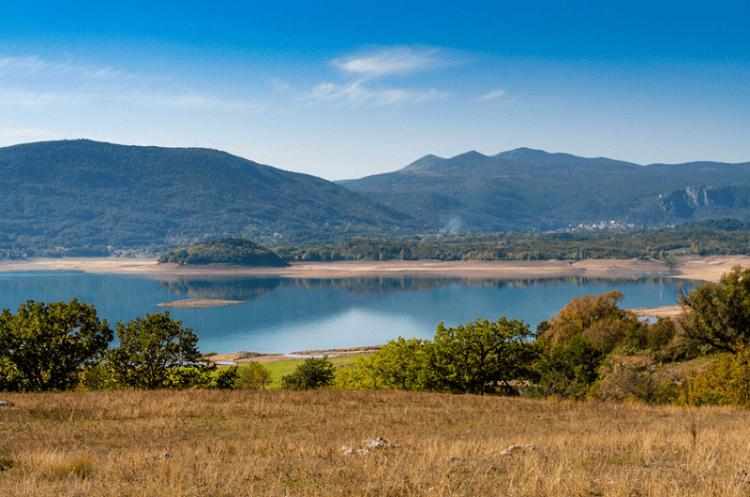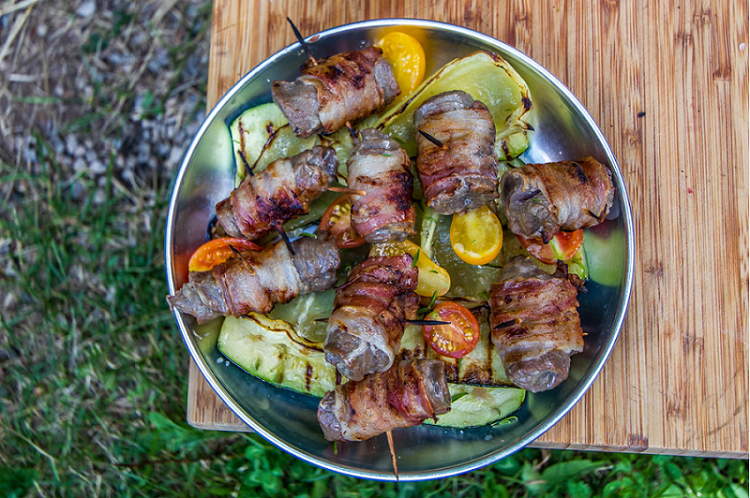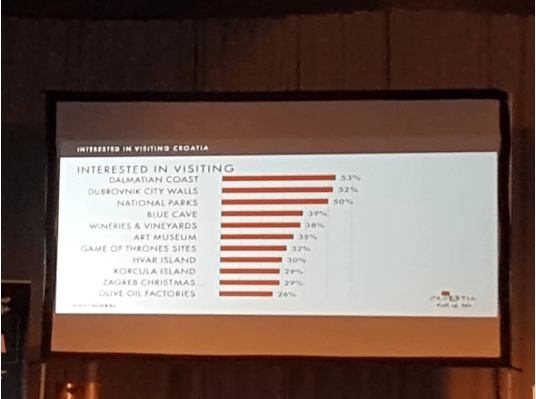Experience On!
Experiential travel or experiential tourism is the global movement in the tourism industry, especially in its higher echelons, in its luxury segments.
Tourists that seek travel experiences rather than traditional resort vacations, therefore prefer to be called travelers, rather than tourists. Ideally, they would like to be described as travelers on a journey of immersion into unknown cultures, gastronomies, languages, relationships and landscapes. Also, they do not consider themselves to be luxury travelers, but affluent travelers, as their money is spent on personal bettering, not wasted on material products meant to show status and show their riches. It is rather thought-provoking really, because these ideas have been elevated to something akin to a religious movement.
The first time I started thinking about this phenomenon in this particular way was when I read “Sapiens”, by Yuval Noah Harari, a remarkable Israeli historian and philosopher. Harari posits that there are factual truths about the world that exist regardless of our understanding of them, our subjective truths and intersubjective truths, also known as narratives that exist within a group of people.
One of those narratives says that in order to make the most out of their human potential, people should travel around the world, experiencing that world, taking in as much as possible. Believers in this intersubjective truth are “the true believers in the myth of romantic consumerism”, according to Harari. The romantic part of it is obvious, as is the consumerist.
Romanticism lies in the notion that we must undertake certain, very often unknown and unfamiliar, actions and happily plunge ourselves into the slew of new experiences in order to appreciate the life and to gain the understanding of the world. The consumerist part lies in the idea that we must earn enough money and spend it on such experiences in order to achieve the same goal. It is a circle, but a circle of betterment, and not material betterment but a psychological one, at least that is what those believing in this myth would have you believe.
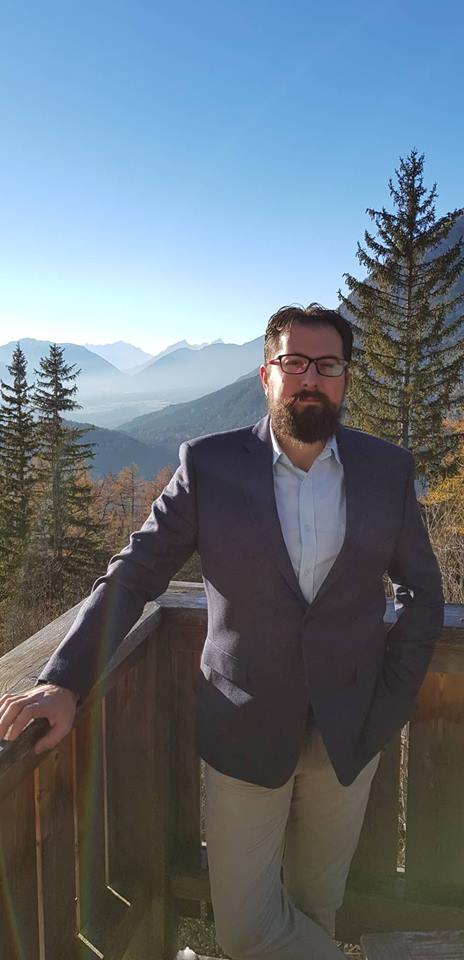
On the other hand, it seems that this myth has a real-life implication. Recent psychological research conducted by prestigious Cornell University showed that such behaviour, one hallmarked by experiential rather than material purchases, does indeed make one a better person. Better is here meant in terms of sense of gratitude and generosity which in turns propels one’s social behavior.
To make it even more fascinating the results showed that those people have a further positive effect on those around them, and those effects ripple through the society like a pebble in the water. These feelings of gratitude and the practices of generosity that often follow also have positive effects on the general health. So it seems then that the positive effects of the betterment through experience actually leads not only to the more satisfying life in terms of psychological balance and happiness, but in improvements in general health, and that is rather an extraordinary finding.
While I am not a big fan of the religionisation of any ideas, let alone the travel and tourism industry, the idea that spending less on material goods and more on the experiences, which in turn makes people more generous and grateful, and prosocial and leads to an increased general health does seem as something not to argue with. Especially bearing in mind that I am one of those considered to be in the business of creating unique and non-replicable experiences. So, experience on!
Croatian Promo Video Showcases New Video Info Tagging Software
November 24, 2018 - Move over Facebook tagging, video tagging has arrived, taking tourist info to the next level, as was demonstrated at last month's Days of Croatian Tourism on Hvar.
So many great Croatian conferences in recent weeks, so little time.
Among the many thought-provoking presentations at last month's Days of Croatian Tourism conference on Hvar last month was a presentation by Philip DeBevoise, the CEO of Citizine Networks, a Los Angeles-based media company. Citizine was the initiator of the inaugural Travel Video Awards, which was this year won by the Croatian National Tourist Board for their promotional video featuring the country's World Cup stars. Released in November 20187, the video was perfect marketing material after Croatia's unexpected success in Russia in July.
While DeBevoise was talking about the travel awards, he also had some rather interesting video-tagging software to present, which is currently being developed by Citizine. Video search is becoming increasingly important in tourist holiday planning, and while many promotional videos show images of outstanding beauty, it is often hard for viewers to recognise the locations, never mind find out more details, without pausing the video and doing some research.
Using the example of the award-winning Croatian video, DeBevoise showed just a fraction of the potential of the new technology. The video was tagged by location, so that the viewer has the option to learn more about the destination via an information sidebar offering immediate information, or the option to save the moment and return to it at the end of the video.
DeBevoise took the concept further, showing many more commercial opportunities, with another video featuring a cafe and a hotel. The tagging options in both offered the option of clicking through to the cafe and hotel websites, as well as the chance to make a reservation. As a marketing tool for tourism businesses, the potential clear, as is the ability to bring would-be tourists instantly closer to the destinations they are interested in. The technology is still in its infancy and being developed, but this should make a significant step in improving the access of tourism (and other) information.
I can't embed the video with all the tags, but you can watch it here (or a tag-free version below). The potential of this software for tourism promotion in enticing indeed.
To follow the latest in Croatian tourism, follow the dedicated TCN section.
A Singular Trip To Croatia Offers A Few Tourism Lessons
November 22, 2018 — The Croatian tourism apparatus will now endure its annual post-summer evaluation.
Statistics must be dissected: How many arrivals? How much was spent?
The service industry exchanges anecdotes en masse: Which nation sent the most visitors? Who were the biggest spenders?
Reviews and ratings on travel sites such as TripAdvisor and Booking.com are combed for helpful feedback — or dismissed as pointless ramblings.
Yet rarely does one get an intimate look into the experience of a Croatian tourist from beginning to end. Until now.
Refinery29’s Away Game, a series which chronicles millennial women’s travels and expenses, chronicled a 32-year-old life insurance underwriter’s day trip to Croatia.
The unnamed traveler matches a coveted demographic within the Croatian tourism industry: an American millennial from the suburbs of Washington DC earning upper-middle-class wages.
The resulting travel diary and/or expense report offers a rare look into the experience of a first-time visitor to Croatia — warts and all.
The piece offers a holistic picture of the Croatian tourism experience: A reasonable traveler guided by word of mouth and not jingoistic advertising campaigns can experience unanticipated delights and exceeded expectations.
Croatia’s Infrastructure: The Dalmatian Sardine Can
Throughout the diary, a theme emerges: Croatia’s crowded. Especially during the height of the tourism season. It spills over into infrastructure headaches.
Immediately on her second day, our unnamed tourist encounters the infamous crowding at Dubrovnik’s Pile Gate, a familiar scene for locals and repeat visitors alike. The traveler must let two busses pass before she finally finding room to hop aboard.
Later during her stay, a warning about four cruise ships depositing its crowds onto Dubrovnik sends her hightailing to Montenegro. She spends close to $150 just to escape for a day, trading the “Pearl of the Adriatic” for an daylong jaunt through Perast, Kotor and Budva.
The hordes make cameos again in her travelogue, in Split, Hvar, Plitvice and later in Zagreb.
This sense of overcrowding reemerges in her jaunts from one location to the other. Her trip from Dubrovnik to Split took nearly six hours because of congestion on the highways. Ditto a bus trip from Zagreb to Plitvice, also extended by crowded roadways.
It was all enough to culminate in a catch-all warning to potential visitors:
“Be prepared, in high tourist season it’s very expensive and crazy-crowded on the Croatian coast,” she writes at the end. “If you’re going to Dubrovnik, pay attention to the cruise schedule and try to avoid the days where there are lots of ships.”
Croatian Service: Delightfully Bespoke
The writer often valorizes locals going beyond a yeoman's effort to please visitors.
For example: during a trip to the Pakleni Islands, she raves of fresh sea urchin “that our guide plucked from the ocean and pried open right in front of us.”
The pattern repeats itself over and over: an Airbnb host in Hvar takes pains to handle logistics; a hotel restaurant in Split makes an off-the-menu pašticada on a whim; a solo tour goes from worrisome encounter to a delightful friendship.
Along the way, the author learns about the life of a local dependent on tourism: “They work 24/7 during the tourist season and it sounds incredibly stressful, but you’d never know.”
Is Croatia Expensive?
As the travel diary continues, a picture emerges of a conscious, selectively frugal spender. Our unnamed narrator carries her own collapsable water bottle; keeps snacks on hand; and chows on hotel breakfasts whenever possible.
“I am not a fan of hostels or shared accommodations, am willing to pay for good location, and the hotel stays included breakfast so this is where I spent the most,” she writes.
This precise spending reveals itself in her trinket and souvenir expenditures: magnets galore, as well as lavender soaps. But also something more authentic, preferably local. In Dubrovnik, she shelled out extra for filigree earrings and rose moisturizer.
“The earrings and rose cream are very touristy purchases,” she admits, then adds, “but are also so typical of Dubrovnik that they are perfect reminders of my trip.”
She’s also a cost-conscious eater. At no point during her trip does a meal come close to the triple-digit range. Granted, a solo traveler must either splurge on a Michelin Star meal or pig out in excess to cross the $100 threshold in Croatia. She often expresses disbelief at sums on her bills.
Her first meal in Zagreb sets the tone. After people-watching (another cheap-yet-fun experience) on Britanski Trg, she eats at Heritage, a tiny joint specializing in Croatian cuisine which emphasizes the food's local origins.
The bill offers a delightful sticker shock. “When I finish I’m stuffed, and when I get the bill and figure out the cost in USD I’m shocked how much I got for so little.” She paid $9.
Compare that to the $30-plus meals she regularly eats in Dubrovnik and Split.
Price disparities pop up in a myriad other ways. A cab from the airport to the hotel in Zagreb is $30; the same trip cost her $17 with Uber. (Not surprise anymore.)
All told, the traveler spent $4,603.74 in total. That includes airfare, travel, meals, souvenires and accommodations. That’s about $230 per day — days which included trips to neighboring Montenegro and Slovenia.
So... Has Croatia become too expensive?
Avoiding Well-Worn Paths
The tourism industry in Croatia often feels almost obsessed with online ratings and website recommendations. Yet our traveler’s piece limits her tech-guidance and dependency to three main apps: Airbnb, Uber and Viator.
The rest of her decisions are largely based on serendipity and word-of-mouth — either from locals or fellow travelers. It leads her to unexpected places you won’t find in many brochures or promotional videos.
While in Split, she visits Froggyland.
Froggyland?
Yes, Froggyland, “a weird little tourist trap of a museum, but worth the visit and entrance fee,” she writes. “It houses the largest collection of taxidermied frogs, all posed in dioramas performing different activities.
“It was bizarre, but I kind of loved it.”
She takes a small group tour of the Pakleni Islands run by a husband-wife duo which owns and operates “Amazing Hvar”.
The traveler then goes zip-lining in Omiš. It ends up being one of her favorite and most-dissected parts of her trip, with paragraphs-long descriptions. (Plitvice, by comparison, gets a few cursory and well-worn sentences about natural beauty.)
The tail end of her stay in Zagreb inadvertently coincides with an international street performance festival called “Cest Is D’best”, which provides a fallback diversion on quieter days. She also takes a Secret Zagreb tour, which explores the lesser-seen parts of the city.
Yes, there are obvious overtures to Croatia’s natural beauties and pitstops at all the usual hotspots; Dubrovnik’s city walls, Diocletian's palace and Plitvice all make an appearance.
Yet it’s the strokes of logistical luck which pepper her travelogue with unique and rewarding experiences.
The Intangibles
So what can one learn from this singular, yet instructive experience?
A few choice lessons:
There’s a difference between a traveller and a tourist: Many attempts to guide tourists’ gazes can often backfire, or at least distract people from what they set out to experience. The piece’s author seemed most keen on understanding where the locals ate, hung out and found cool. Some restaurant or dish suggested by a local became a must.
People want to understand and experience the lives of locals and fellow travelers. The traveler in this story seemed willing to assimilate, for however little she visited. She even shelled out $55 for a Croatian language audio course.
“It was surprisingly easy to learn enough to speak conversationally and ask directions,” she wrote (she's in the minority). “But I rarely actually needed to since most people I cam in contact with spoke perfect English.”
There are too many Game of Thrones tours: "I’m going on a Game of Thrones walking tour and am supposed to look for my guide in the square outside the gate holding a GoT flag," she writes, "which isn’t super helpful because there are at least 3 of them.”
Perhaps Croatia’s entire tourism industry can collectively take a few notes.
To read more about tourism in Croatia, check out TCN’s dedicated page.
Secret Dalmatia Interview, Taking a Closer Look at Luxury Croatian Tourism
November 22, 2018 - Perspectives of luxury tourism in Croatia - an interview with one of the country's top boutique tourism providers, Secret Dalmatia owner, Alan Mandic.
While most of Croatian tourism is focused on bringing millions of tourists to the Adriatic coast each, the boutique luxury tourism industry in Croatia is also booming. Dedicated local experts, focused firmly on quality and authenticity, rather than quantity, have been showing their elite clientele a more luxurious side of Croatia for more than a decade, and not always just on the coast.
Among the market leaders in this niche is Secret Dalmatia, a bespoke Croatian tourism company founded in 2005 by Alan Mandic, which has been leading the way in discovering Croatia away from the crowds for some years now. Mandic's Secret Dalmatia blog, founded in 2009, continues to surprise to this day, as he takes his readers to new discoveries in Croatia most locals have never heard of. A member of Pure, the World's Leading Travel Professionals since 2013, Mandic has a broader view of Croatia's position in the tourism world, and he sat down recently with TCN to share some thoughts.
1. We hear a lot about the seasonality of mass tourism in Croatia. How is the situation any different in the luxury sector?
It is not much different. Luxury guests usually travel in peak season as well, although we had some exceptional clients traveling in the shoulder season. Many of the top luxury guests want to spend some time on the water as they all know of the beautiful Dalmatian coast and the summer months are the best for enjoying the Adriatic.
2. Luxury tourists are obviously more demanding. Why do they choose Croatia, and what things, in particular, attract them?
Most of them have heard of at least Dubrovnik and the Adriatic coast is high on the list of anyone into yachting and sailing. Many of them come on recommendations of their friends and family. In general, they are curious to see what is there in Croatia as they hear only the good things about the people, destinations, food and wine, natural sights...
3. The North American market is obviously an important one. Are you satisfied with the visibility of Croatia, and what concretely would you like to see done additionally?
I am not completely satisfied as we let the things happen instead of working on promoting all destinations equally. I.e. Šibenik is a great destination and deserves all the attention, but it is still scarcely mentioned in the US media. The traditions of our history, cuisine, wines... are getting only sporadic attention and only for a limited time. I.e. zinfandel - it was all the rage in media when it was confirmed it originates from Croatia and now you can hardly hear about it let alone have niche travelers exploring local wines in search of original Zin tastes. There is, of course, interest but nowhere near what it should actually be and nowhere as directed as it should be. More specific press and media coverage is definitely needed. We all know that the US media are the biggest opinion makers in the world. Working carefully and with a specific plan would definitely bring change and improvement.
4. You have always been a passionate promoter of authentic Croatia, and your Secret Dalmatia blog takes readers to places most locals know little about. What are the opportunities for tourism in Croatia which are not really being exploited?
Most of the travelers know only of Split, Hvar and Dubrovnik on the coast, and Plitvice in the continental part of Croatia. Only recently, Zadar, Istria and Korcula have become better known with US clients. So, there is a plethora of spectacular places many are not even aware of like Rab and Silba Islands, Krupa canyon and not even to start with beautiful Lika and Zagorje and the traditions of Slavonia. As one can see, there is an opportunity in exploring other destinations. In terms of activities. Croatia has enormous potential in adventure travel - far beyond what is offered now - and in niche travel like food and wine and health tourism that can drive numbers year round.
5. Availability of luxury accommodation in Croatia. Discuss.
Not great at the moment. Worst of all, many of the hotels - due to lack of competition - are overpriced for the service and accommodation they offer, and that is not helping Croatia attract new travelers. Secret Dalmatia as also the first to start promoting only luxury villas back in 2009 with our www.luxurycroatianvillas.com website and that part of the market we know well. Luxury villas rental has been on the rise but luxury guests are interested only in top properties, and those are scarce. The situation is definitely looking better than before but more investments are needed. Besides, major luxury hotel chains have their own followings and spend a lot on marketing so the destination benefits as well.
6. Croatia's coast and islands are perhaps well-known. Give us a flavour of what can be experienced inland with Secret Dalmatia, away from the beach.
The issue with experiencing inland Dalmatia these days is that we lack people in those areas. Just pretty landscapes will not be enough to attract more people to the region as guests need restaurants, accommodation, activities that are local. We have been fortunate enough to have one of the best guides possible for the region and we were able to bring top luxury guests on tours of Vrlika and Cetina river receiving rave reviews, and we continue to bring almost all of our luxury guests to that part of the country no matter if it is just hiking or more elaborate multi-day adventure.
7. There is a lot of talk about branding these days, and you travel a lot. How do you see the branding of Croatia?
We are still a destination best recognized by the pretty pictures of Dubrovnik and Plitvice. That is not enough if we want to be a serious travel destination. More can and must be done if we want to get luxury clients to visit other parts of the country or we risk having reduced interest in Croatia. What happens quite a bit at the moment, for example, is having Dubrovnik combined with Montenegro as they have luxury accommodation and the only mega-yacht marina on this side of the Adriatic.
8. You have been made the Minister of Tourism for the day and granted three wishes to improve tourism in Croatia. What would they be?
First would be a serious effort in marketing and PR, as there is a lot of room for improvement.
Secondly, there would be an advisory role of the Ministry in terms of local and international businesses interested in investing. I.e. - avoiding situations like overbuilding of apartments by tapping into expert advice on when a destination reaching its limits, or providing a possible list of interesting investments in various regions so, for example, people can decide if they want to build the wine tasting place near Šibenik or a boutique B&B for cyclists near Sinj.
Thirdly, I would start an initiative to more responsibly work with destinations to help them become what they want. At the moment, we have all destinations targeting all types of travelers which is not feasible in the long run.
To learn more about Secret Dalmatia, visit the official website.
For the latest tourism news from Croatia, check out the TCN travel section.
Mirror Recommends Seven Best Things to See in Croatia
“Croatia never fails to wow intrepid explorers thanks to the plethora of attractions and landmarks it offers.” This is how the latest in a series of articles on Croatia’s tourism offer starts. It has been published by Mirror on its website, listing the best things to see in Croatia.
“We are talking historic old towns, breathtaking islands with a vibrant nightlife, epic national parks filled with lakes and waterfalls, and plenty of jaw-dropping natural highlights. Cities such as Dubrovnik and Split have enjoyed a surge of popularity after serving as Game of Thrones filming locations, shining a spotlight on just what this spectacular country has to offer,” writes Mirror.
Mirror decided to select seven of the best thing that tourists should not miss when they come to Croatia.
Dubrovnik's Old Town
Of course, it is unavoidable that Dubrovnik would be featured on this list, with a special emphasis on its UNESCO World Heritage Site status and the fact that the Games of Thrones TV series was filmed there. The only downside – it can get pretty overcrowded when cruise ships dock in the area.
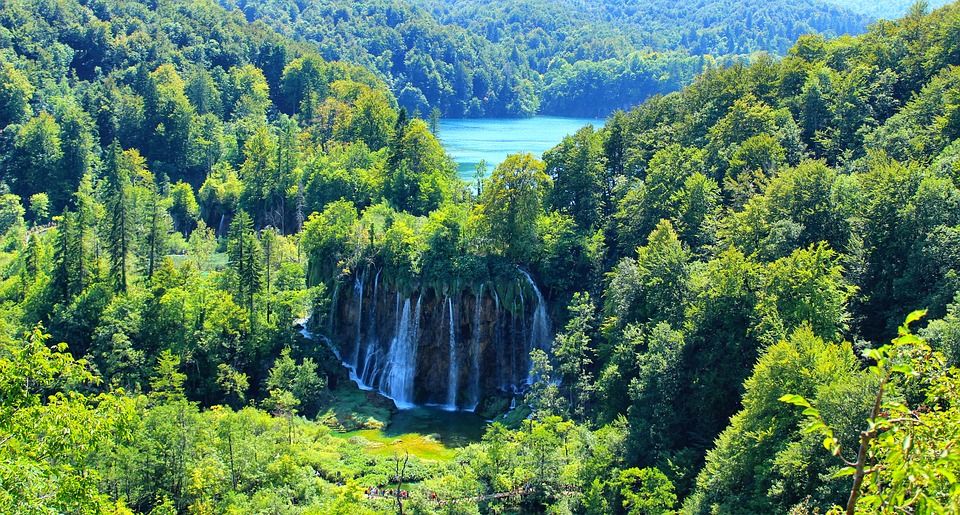
Plitvice Lakes
The Plitvice Lakes National Park is also a regular feature of lists such as this. “Plitvice Lakes national park boasts terraced lakes linked together by waterfalls, making for quite the picture-perfect setting from the turquoise waters to the lush green landscapes. There are plenty of walkways and hiking trails for those who want to go exploring in search of highlights such as the Veliki Slap, a 78m high waterfall,” writes Mirror.
The only bad news for travellers? You cannot swim in the lakes.
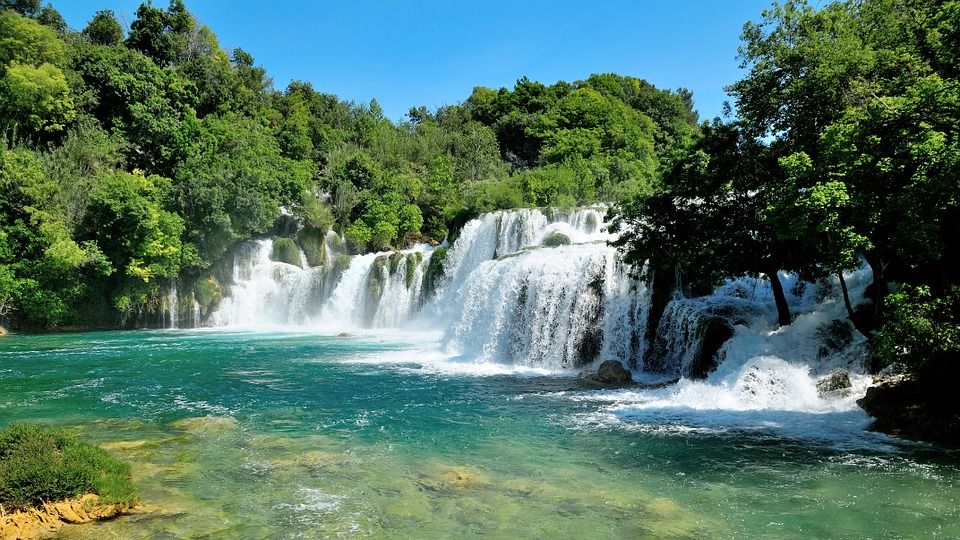
Krka National Park
Another national park which is regularly presented in lists such as the Mirror’s is the Krka National Park, with its waterfalls and dense greenery. “You can actually swim in the waters right by the falls and there's very much a relaxed atmosphere if you want to stop off and soak up the sun. For those who want a bit more adventure, there are wooden walkways throughout the park with trails leading you through some of the prettiest spots. Oh, and history fans will want to visit the Krka Monastery, built above some ancient Roman catacombs,” writes Mirror.
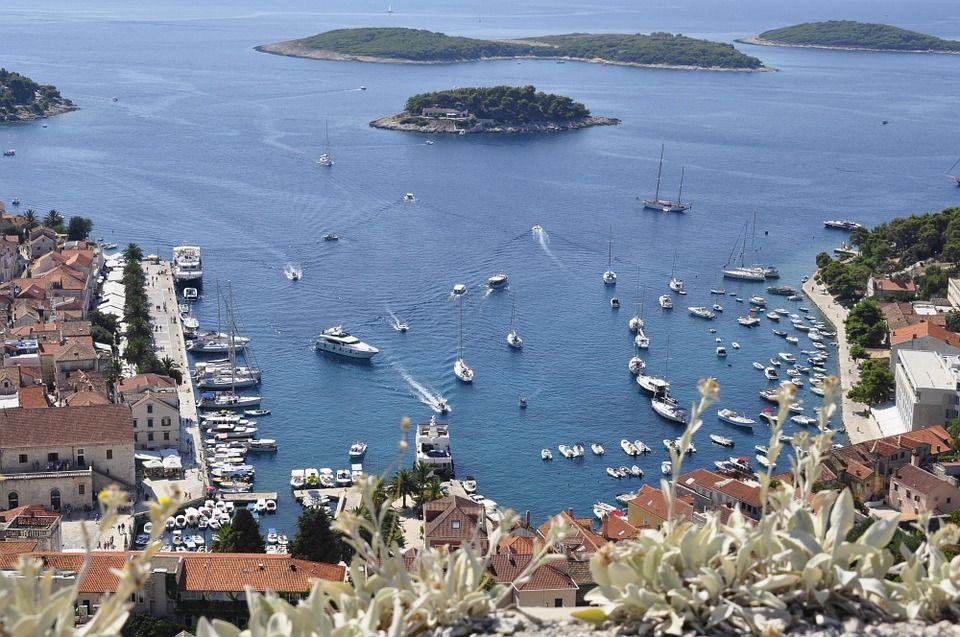
Hvar
Hvar has been well-known for years as a party town, and in recent years it has become especially popular by the Made in Chelsea reality TV show broadcast on British television. “By day, the luxurious hotels and the picturesque harbour make for a pretty backdrop as you soak up the sunshine. By night, the marina comes alive with plenty of restaurants and bars where you'll find revellers until the early hours of the morning,” writes Mirror.
Other destinations featured in the article are Split, Zagreb and the Blue Cave on the island of Biševo. The whole list of the best things to see in Croatia can be found here.
For more on Croatian tourism, click here.
All Concession Authorizations on Šolta Cancelled Due to Irregularities
A few days ago, a notice was received by the Municipality of Šolta, the Šolta Municipal Council, the Department for Tourism and Maritime Affairs of Split-Dalmatia County, the State Administration Office in Split-Dalmatia County, the Budgetary Control Service of the Finance Ministry, and the Municipal State Attorney's Office in Split. The notice in question is a detailed report about administrative inspections carried out over the summer, from July 20 to August 20, by inspectors of the Ministry of Maritime Affairs, Transportation and Infrastructure, based on a complaint submitted by the Island Movement about illegal activities in granting of concession authorizations, reports Otoci.eu on November 20, 2018.
Although the entire process was initiated after an Island Movement complaint, for unknown reasons the report did not arrive at its address. However, due to its persistence in trying to be informed in a lawful and transparent manner about the process, the Island Movement did eventually receive the document.
Amongst other things, the commission has ordered the Municipal Council of the Municipality of Šolta that it must, within 30 days of the receipt of the report, discuss the findings and conclusions contained in the report, as well as the state of affairs in the maritime domain management sector. However, according to available information, the municipal councillors have not yet received the report nor has a session of the Municipal Council with this item on the agenda been convened. There are just about a dozen days to call the session with the item of agenda. In the meantime, a session of the Council has been convened for Tuesday, November 20, but without this point on the agenda.
Over the summer months, chaos ruled on the island. Catering facilities started operating in May without concession authorizations or with authorizations which were granted illegally. The Maritime Domain Management Plan of Split-Dalmatia County was approved only on May 30 and that was a precondition for granting concession authorizations.
The administrative inspections included:
– regular management of the maritime domain in general use in the area of the Municipality of Šolta;
– the legality of activities of the Concession Authorization Board of the Municipality of Šolta, including the approval of applications and the issuance of concession authorizations;
– charging of fees for concession authorizations granted.
In addition to the administrative oversight of the Concession Authorization Board, the members of the Concession Authorization Board were interviewed. Only a representative of the Split-Dalmatia County had not appeared at the hearing.
Inspections of certain catering facilities were also carried out. The Island Movement does not have any additional information about the results of these inspections.
The use of budgetary funds contrary to the stated purpose and forgery of official documents are just some of the irregularities identified in the process of granting concession authorizations. This is the reason why the commission has requested further measures by the Finance Ministry in order to establish unlawful compensations for concession authorization fees and catering services, and by the Municipal State Attorney's Office in Split for the suspicion of criminal offenses of forgery of official documents.
Time will tell whether this process has touched the very tip of corrupt and illegal activities in the municipality. Given the officially initiated procedures, the Island Movement believes that it is the right time, in the public interest and in order to respect the legal regulations, to re-examine the way how the municipality is run.
This makes it clear that finger-pointing against those who warned about these and similar problems was malicious. The Island Movement hopes that the time it eagerly expects will come, that is that the truth, justice, transparency and legality of public activities will become a rule and not an exception. The Island Movement hopes that the politics on the island of Šolta will become what it should be – an honourable service for the benefit of the people.
Translated from otoci.eu.
For more on the Island Movement, click here.
Where is Croatia? Why Football and Tourism Should Be Branded Together
November 18, 2018 - 'Where is Croatia'? It was one of the huge spikes in Google Search in July during the World Cup. Is it time to brand Croatian tourism with its world-famous ambassadors?
"This World Cup presented a unique opportunity to raise awareness about the country’s existence. To break the first barrier of every marketing campaign: brand recognisability." Iva Glavinic's excellent blog on the World Cup Effect and Mediatoolkit's monitoring of the surge in interest in the tiny nation which dared to dream gave a very rational breakdown in terms of date of the very irrational events of the footballing summer of 2018 in Russia.
Where is Croatia?
Where is Croatia? became one of the most-searched terms on TCN that month (although quite some way behind 'Croatian President bikini' for some reason...), and with literally hundreds of millions of hearts around the world newly in love with this incredible sporting achievement and its fabulous travelling supporters, 'where is Croatia located' searches indicated a huge desire to learn more about the country which already welcomed 18 million tourists a year, their business bringing in 20% of the country's GDP.
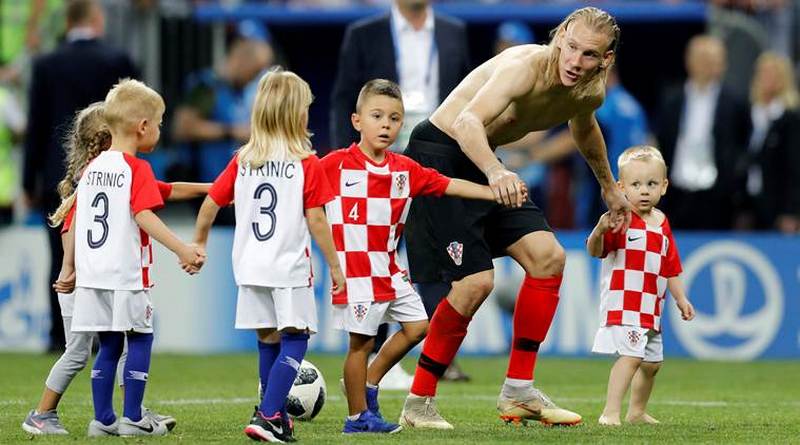
And it wasn't just the football that captured so many hearts all around the world. Everything about the Croatian presence in Russia was adorable, down to the young kids of the players joining on their pitch in miniature Croatian shirts.
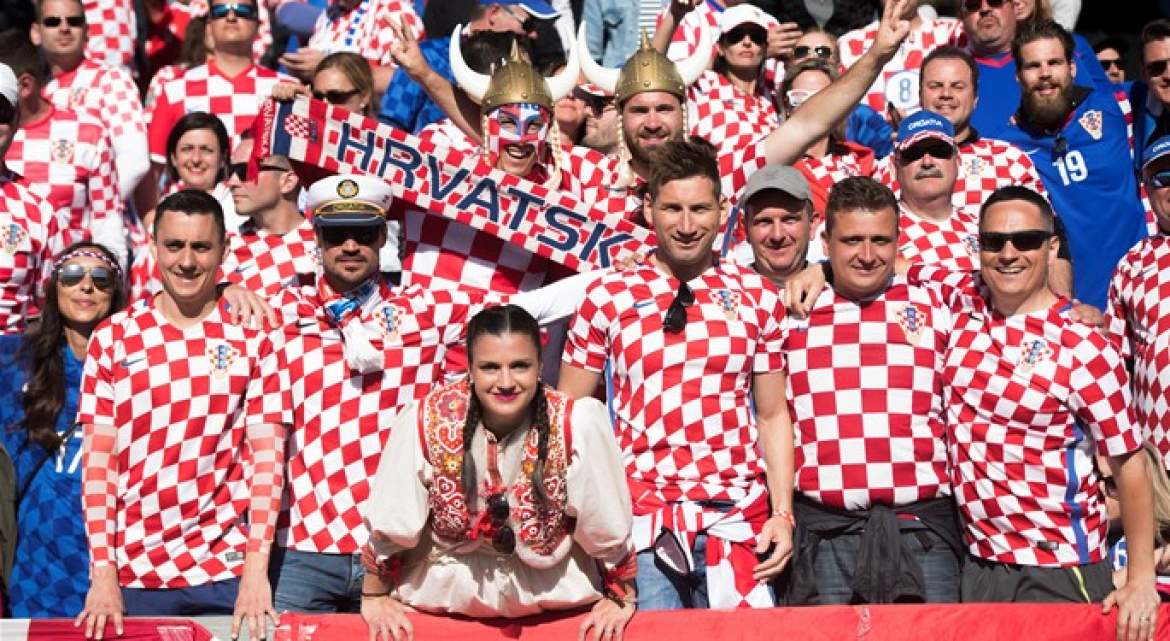
And although the main story was taking place on the pitch, Croatia's travelling support was magnificent. So many new friendships were made, and so many people were coming into contact with Croatia, perhaps for the first time. And they obviously liked what they saw - searches for 'where is Croatia' were going through the roof.
It wasn't just the beauty, enthusiasm and hospitality of the fans, though - there was something distinctive and uber-cool about THAT shirt. The red and white chequers of Croatia were very distinctive and instantly recognisable. There was something super cool about being associated with this cool, tiny country. Croatia shirt sales went nuts.
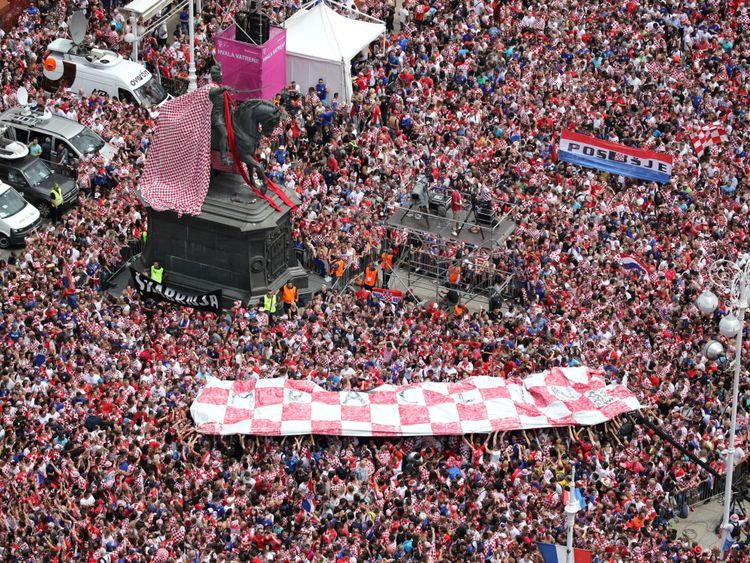
And just when you thought the story could not get any better, with pictures of an emotional and photogenic Croatian president hugging everyone in the rain after defeat in the final, as President Putin looked on holding the only umbrella in the room, it DID get better. In what must arguably be the greatest sporting homecoming of all time (certainly for the size of the country), some 550,000 people descended onto the streets of Zagreb to welcome their heroes home.
It was an unforgettable occasion, and images were beamed around the world. 'Where is Croatia' searches went into overdrive once more.
In case you missed it, or what to relive those crazy summer moments as winter descends, check out this excellent homecoming to Zagreb video above.
Seven months before the World Cup started, the Croatian National Tourist Board released a new promo video, which showcased Croatia through the World Cup squad introducing their hometowns. It was extremely well done and successful (and we have an interview with the agency who made it coming shortly), winning a prestigious travel video award, as previously reported by TCN. Did someone have a crystal ball about Croatia's imminent success? Whatever the reason, having such a video on hand as the world hungered for more information about Croatia, here were the World Cup heroes getting up close and personal about so many gorgeous places to see in Croatia.
Putting Croatian Tourism on the Global Map, One Goal at a Time

Interest in Croatia was insane. More than 60 BILLION mentions over the World Cup period, according to the media-monitoring service, Mediatoolkit - more than all online mentions of Croatia in the 28 years of the existence of the modern Croatian state, COMBINED!
A marketing and promo gift, as well as an international branding image embedded all over the globe. With the power of football these days, the likes of Luka Modric are known about in almost every town in the world.
So why not use it as a cornerstone of Croatia's ongoing campaign?
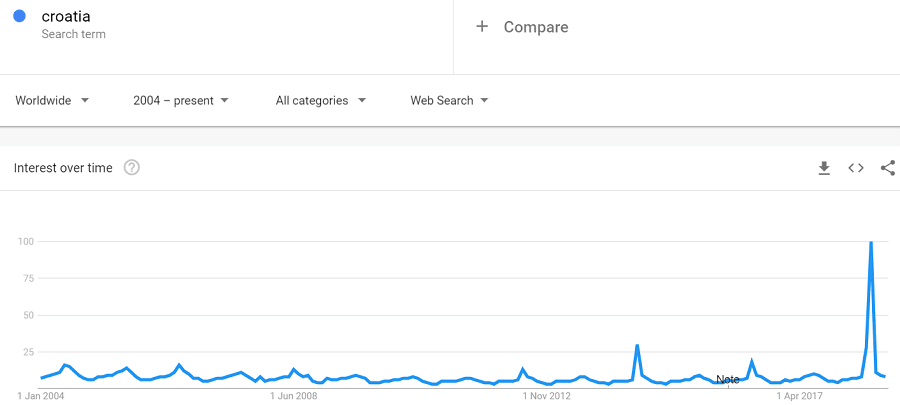
As Glavinic's data showed, not only was the spike in interest in Croatia during this World Cup, but also during previous tournaments, as well as the European Football Championships. 2016, 2014, 2012, 2008, but not 2010, the year that Croatia did not go to the World Cup. What is the biggest factor in generating interest in Croatia? Football.
As a longtime resident here, I think the combination of sporting success, passionate and welcoming fans, and yes, that distinctive shirt, is a real winner, and I think it would be very productive to include it more in the country's tourism branding. Where is Croatia? Ah, yes that wonderful country with great team spirit, warm, passionate and hospitable fans, what is it like for a holiday?
Croatia SHOULD experience a mini-boom in tourism from the World Cup - maybe too late tor this summer, but certainly for next.
Unique Selling Points and Promoting Croatian Tourism
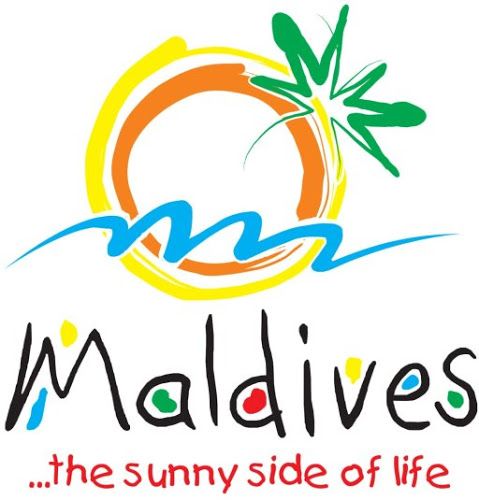
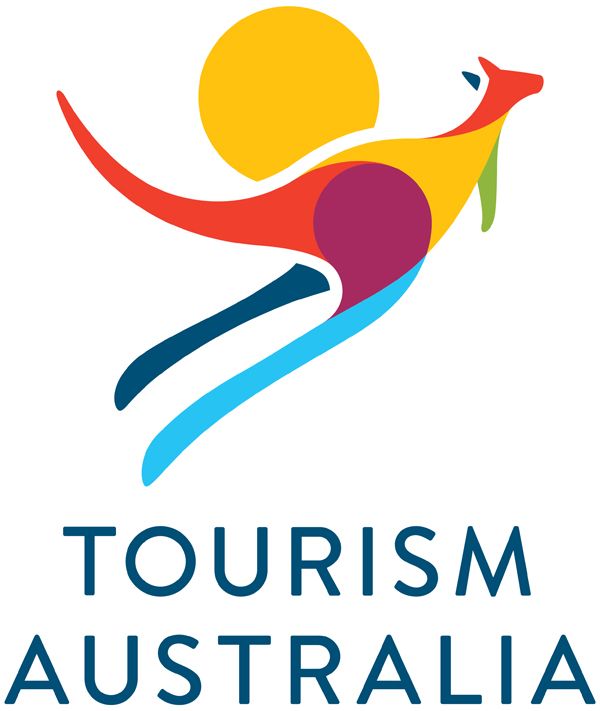
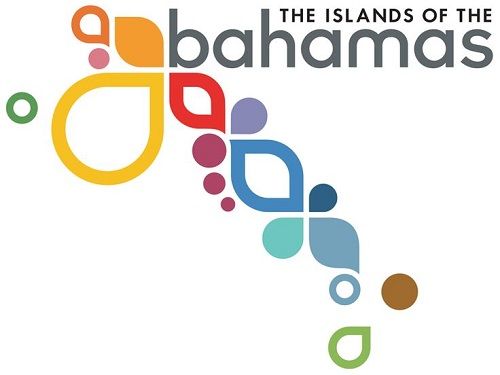
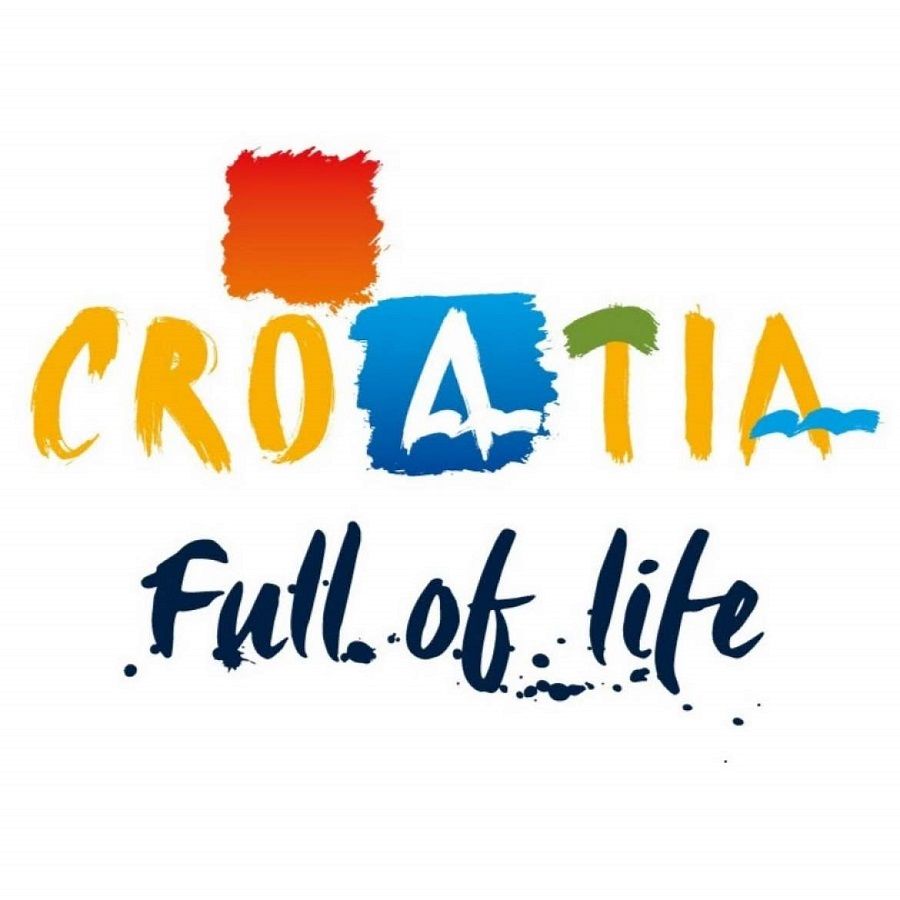
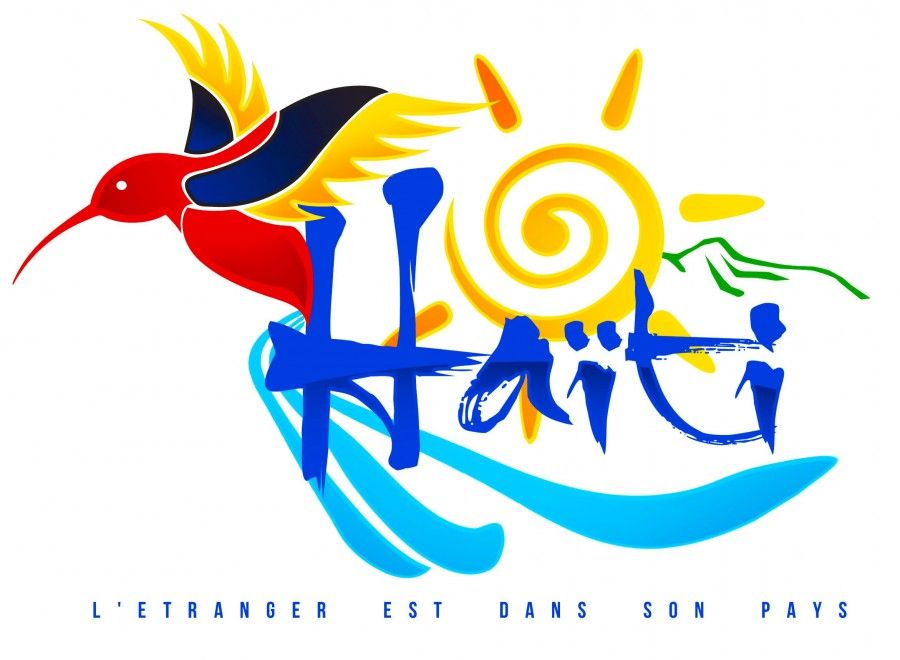
This post has its origins in an excellent Croatian health tourism branding seminar which took place at Bagatin Clinic in Zagreb recently, with leading medical travel branding guru, Ilan Geva. Among the many topics he covered that day, USP - Unique Selling Point - was one. He had a really great slide with about 30 logos of tourism boards around the world. Although some were slick in design, they all had one thing in common - their colours were all very similar, it was as though a class had been given 7 pencils and asked to draw tourism logos. I didn't take a picture of the slide, unfortunately, but here are a few random ones I pulled from the web to illustrate the point.
"Which one of these stands out and is showing its unique selling point?" asked Geva.
Which one indeed? I quite like the Croatia logo, but just as with the others, there wasn't really a USP, and none them stood out from the crowd.
And then I thought back to those crazy scenes in July, when Croatia was on the lips of billions. Thanks to that shirt, those incredible fans and even more incredible players (no need to play that well at Wembley today, by the way...), Croatia has a distinctive visual identity now recognised all over the globe. So why not use it and combine it with one of the things Croatia is most famed for - its hospitality. There are more experienced designers out there to make a much better logo, but you get the basic concept:
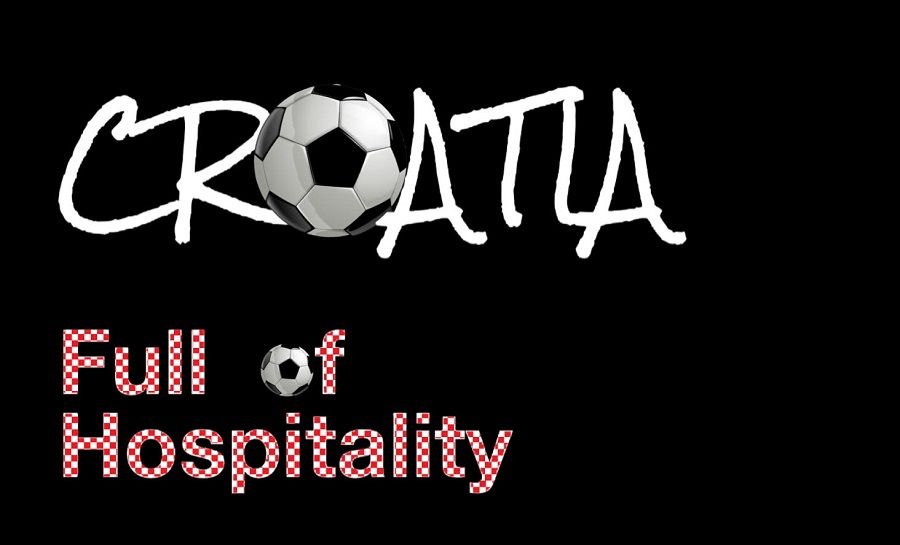
Croatia, Full of Hospitality - come visit the land of the tiny country which dared to dream, reconnect with its passionate fans, and enjoy its famed hospitality.
What do we think?
To learn more about Ilan Geva, visit his official website.
To learn 'where is Croatia' and lots of other things about this slice of paradise in south-east Europe, why not follow TCN on Facebook?
American Perceptions of Croatian Tourism: Myriad Marketing's Al Merschen Interview
American interest in Croatian tourism is growing. A recent in-depth survey of perceptions of Croatian tourism in the United States by Myriad Marketing was presented to the Croatian tourism industry at the recent Days of Croatian tourism by Myriad director, Al Merschen. You can read the report on Merschen's presentation here. TCN caught up with Merschen on November 15, 2018 to learn more.
1. Many thanks for your presentation at Days of Croatian Tourism on Hvar last month. Tell us a little about American interest in Croatia.
There is a growing interest in Croatia. It seems to be one of the “in” places in the world for Americans. Many are introduced by a cruise that sparks interest. Others have seen pictures and heard stories from friends. And, of course, some watch Game of Thrones!
(the top 11 things American tourists are interested in about Croatia, according to the Myriad Marketing survey)
2. Getting American tourists who want to travel abroad past Mexico, Canada and the Caribbean is one thing, but then Croatia has to compete with the likes of London, Paris and Rome, as well as traditional diaspora markets. What is Croatia's competitive advantage?
There is mounting pressure from almost all destinations around the world that creates competition for Croatia. I do not believe it is Paris or London... or Sydney or Hong Kong. That is a different traveler looking for a different experience. Our research indicates that it is the Croatian culture that creates the interest for the Americans who want to visit Croatia.
It is actually other emerging destinations like Iceland, Columbia, Turkey and Vietnam/ Cambodia that are attracting the potential Croatian audience, as well as repeat travelers to Italy, Greece, etc.
Because the American are high-spend travelers, it is a highly sought-after visitor. Some say that American travelers are the “Antidote for Over Tourism!”
3. What is Croatia best-known for in the United States in your opinion?
Croatian marketing in the USA “punches way above its weight class.” When other international destinations have budgets in excess of 10Million USD (plus partner or regional funds...as well as airline marketing, i.e. Turkey), Croatia has made maximum impact with minimal dollars. In addition to the need to build and maintain consumer advertising and public relations, the distribution channels need to be addressed. This requires strong, integrated and very expensive media partners.
Overall, the impact has had a substantial ROI compare to other destinations.
4. How would you rate Croatia's marketing presence in the US market?. How could it improve?
As mentioned, they are stars in what they have achieved in the market The best way for improvements in tourism marketing would require two movements. The first would be a substantial increase in budget. If Croatia wants to be a serious competitor in North America, it needs to have a serious budget. The market is very competitive. Also, it would be helpful if the industry partners began to have an investment in the US market too
5. You recently returned from Croatia. How do you personally view the potential of the country compared to your perceptions before your visit?
Croatia met and exceeded my expectations. The infrastructure was more developed than I thought. The high level of the product offering was at a higher level than I had imagined. The ease of traveling around the country is a welcome eye-opening. Most people I knew who had visited Croatia had come via Cruise or on a guided tour. I think there is such a strong possibility for FIT markets.
Although I had read about the history, I believe the complicated nature of the nation was even more interesting when there.
As expected, the pictures don’t do the experience justice.
And although I heard that the people of Croatia were nice (which you often hear about many destinations), the fact that they were “proactively’ nice made the difference.
6. Medical tourism did not feature in reasons for visiting Croatia in your survey, and yet the potential of Croatian medical tourism is perhaps the biggest of all. Co-founded by Mayo Clinic, the OneOme RightMed pharmacogenetic test is only available in Croatia in Europe, for example, and the potential savings, especially for US patients, is huge. In two case studies at Bagatin Clinic in Zagreb, for example, the dental savings for these two patients totalled about $100,000. How can Croatia and its health tourism industry most effectively gain better visibility in the American market?
Although it may sound sexy and profitable, medical tourism is a very very small niche market for the US. The money that comes into the destination usually ends up in very few hands and has little impact throughout the country.
Before it can have true impact, the destination must be well established to create confidence in an additional attribute.
New Tourism Laws Aimed at Creating New Identity of Croatian Tourism
ZAGREB, November 13, 2018 - Tourism Minister Gari Cappelli said on Tuesday that the three Croatian tourism-related bills which the government forwarded to the parliament in late October were prerequisites for creating a new competitive identity of Croatian tourism, and that it was the government's duty to develop a strategy for managing Croatia's positive perception.
"Croatia must create a new image and move towards this topic with full responsibility, professionalism and maturity. It is the duty of our government on behalf of all citizens, institutions and companies, to develop a strategy of managing a positive perception of Croatian tourism," Cappelli said at a conference organised by the Jutarnji List daily in Zagreb on Tuesday on the system of tourist boards in the 21st century.
He is sure that the set of three bills will facilitate efforts to create easily recognisable national, regional and local identities and emphasise their importance and uniqueness considering that "they represent an additional value of the people and the nation on the global market."
Cappelli said that the proposed legislation is meant to establish a system of tourism boards following the model of the Destination Management Organisation (DMO).
Cappelli recalled that the Croatian National Tourism Board (HTZ) had recently opened an office in China and would soon set up another office in Seoul in South Korea for the purpose of better promoting the national tourist trade.
When it comes to the country's sojourn tax, the government will no longer determine the amount of that tourist tax and the decision-making on that will be at the local and county level, with the aim of decentralising the system.
For more articles on the activities of the Tourism Ministry, click here.
Croatia Offering Tourist Facilities Used by Bosnia and Serbia for Lease
Croatia’s State Property Ministry has announced a tender for the lease of 15 tourist resorts on the Adriatic coast which were used by companies from Bosnia and Herzegovina and Serbia during the former Yugoslavia. Now, 27 years after the collapse of Yugoslavia, the ownership issues have not yet been resolved and they are still registered as “people’s assets,” reports Jutarnji List on November 11, 2018.
Most of the tourist properties offered for lease are located in Gradac, a town near Makarska, where the former Bosnian-Herzegovinian resorts have been falling apart for decades, becoming a health hazard for both locals and tourists.
The State Property Ministry has now finally decided to solve this problem based on the new State Property Management Act. According to Article 71, “until the conclusion of an international agreement or the adoption of a special decision, the Ministry shall be authorized to offer for a multi-year lease, up to a maximum of 30 years, properties entered into land registers as owned by the Republic of Croatia or as people’s assets.”
The tender was announced according to the provisions of this law. The lease agreements with the best bidders will be concluded for the period of 30 years, and facilities must become operational and used for tourist purposes within three years. In the event that the real owner of the property is legally established during the period of 30 years, the new owner will start receiving the lease payments.
In Gradac, the list includes the former Trgovci facility (1,540 square metres, starting price 30,800 kuna a year), the Bosanka Villa (1,431 square meters, 28,620 kuna), and the Saobraćajci facility (3,500 square metres, 71,340 kuna). All these facilities are located right next to the sea and the resorts were used by the workers of the Railways of Bosnia and Herzegovina.
Just 30 metres from the sea is a former tourist resort of the Union of Construction Workers of Bosnia and Herzegovina, with an area of 3,793 square metres and starting price of 75,840 kuna a year, as well as two other facilities, H2O and Mostar.
Workers of the Bosnian Electric Company used to holiday in Valter Perić. Just 20 metres from the sea is the Đuro Salaj hotel on five floors. The hotel covers 6,351 square metres and the starting rent is 127,020 kuna a year. HIT Podaca is a 1,140 square-metre building just six metres from the sea. The starting annual price is 22,800 kuna.
The Bosnian Privatisation Agency has been trying to sell the Đuro Salaj and Valter Perić facilities for years, although the legal ownership issues have not been resolved. The value of Đuro Salaj is estimated at 4.2 million euro.
In Gradac, there is also a former resort of the Robna Kuća Beograd from Serbia, with an area of 3,292 square meters and the starting price of 65,840 kuna a year.
Serbian companies and towns also owned tourist resorts for their workers in Slano, Rab and Biograd. The highest lease is expected for the former Partizan holiday resort in downtown Biograd, which covers 9,314 square meters. The starting price is 186,280 kuna a year. For the former 6,859 square-metre children's resort of the Belgrade’s Vračar municipality, the bidders will have to offer at least 137,180 kuna a year.
Although the tender is certain to draw protests from the neighbouring countries, the State Property Ministry says that Croatia is a sovereign state and that the State Property Management Act was coordinated with the State Attorney's Office.
“We are solving the problem that nobody wanted to face all these years. These are facilities whose owners have not been established, and the users were from Bosnia and Herzegovina and Serbia. On the other hand, our neighbours have sold our property, and we are just putting it into operation because the properties as they are now are threatening the health and safety of locals and tourists,” says the State Property Ministry.
"I am exceptionally happy because I think this is the only possible solution at the moment. Although we constantly hear allegations from Bosnia and Herzegovina that their assets are being stolen, the facilities have been falling apart all these years and they are now dangerous for citizens,” said Gradac Mayor Matko Burić (SDP).
For more on Makarska and surrounding areas, click here.
Translated from Jutarnji List (reported by Goran Penić).

